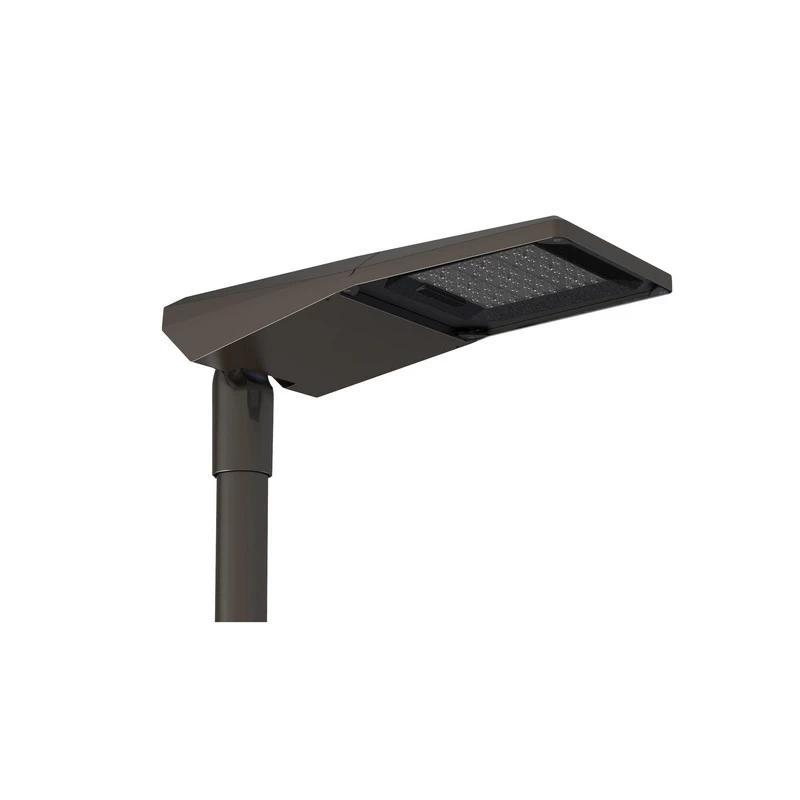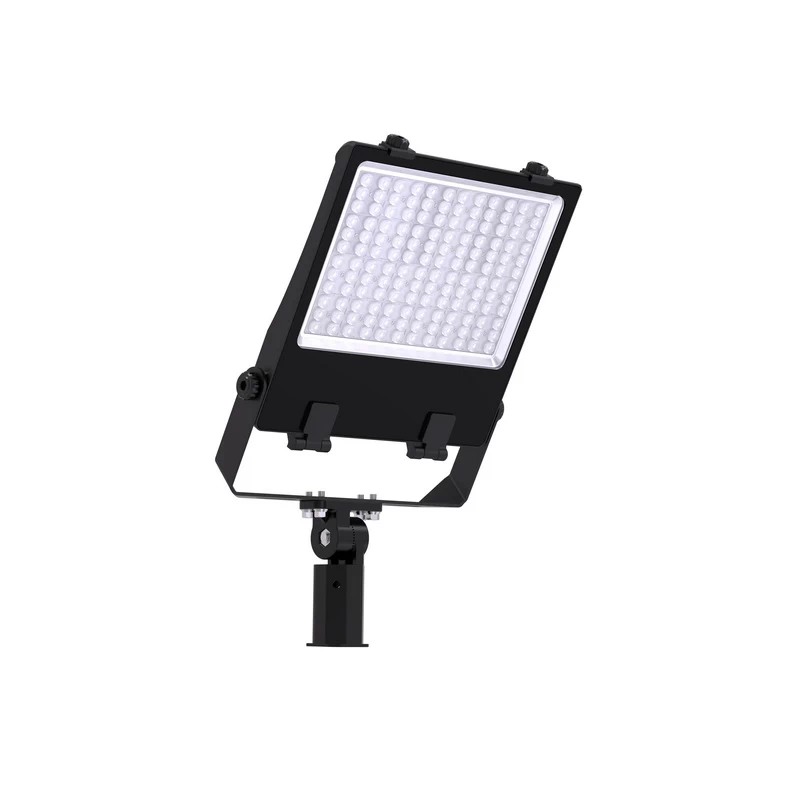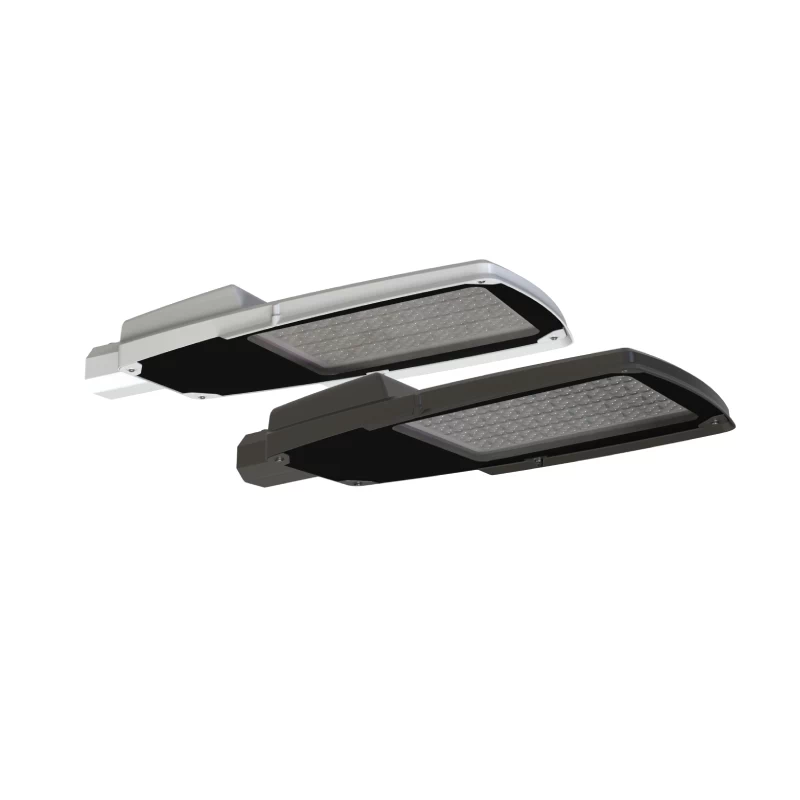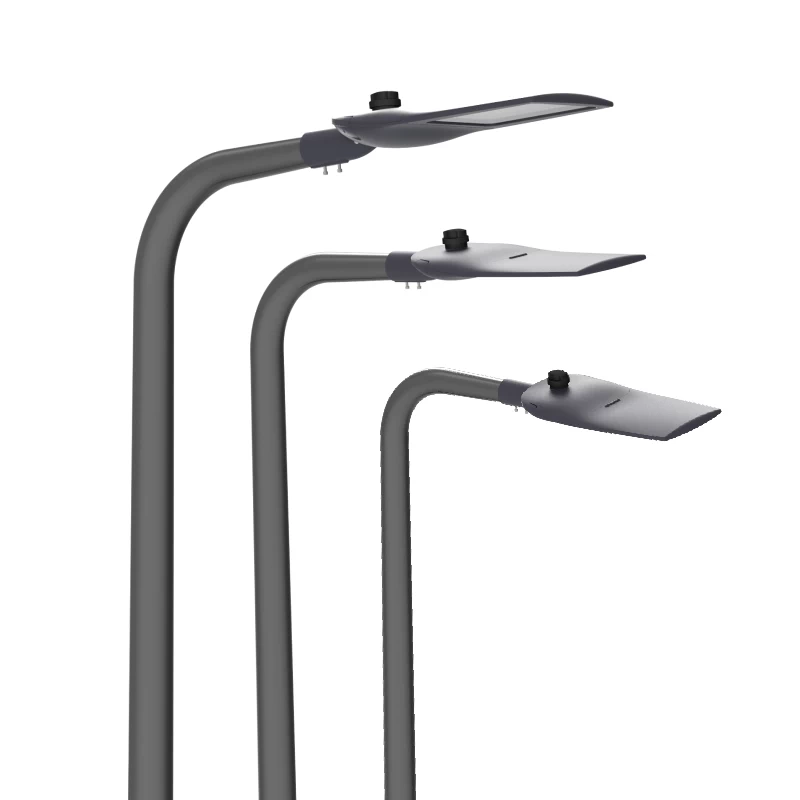LED Street & Roadway Lighting
Energy-saving street & roadway LED lighting designed for long-term stable performance. No maintenance required, nearly 100,000 hours lifespan, ensure better visibility for every road.
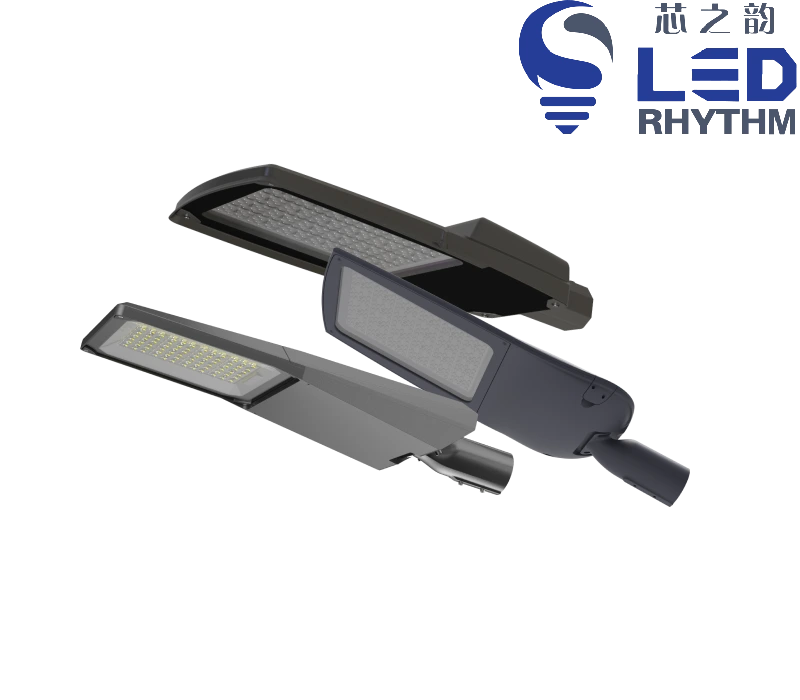
What Is Street & Roadway Lighting?
Street & Roadway Lighting refers to systems that provide functional lighting for residential areas, cities, footpaths, highways and other public roads at night or in low-visibility conditions. Its core purpose is to ensure safe and smooth travel for all traffic participants (motorists, cyclists and pedestrians) and enhance the sense of nightscape and comfort in the surrounding environment. They are the foundation of nighttime road safety.
The core purpose of roadway lighting is to improve traffic safety. Adequate light significantly increases drivers’ visibility of road shape, obstacles and unexpected pedestrians or animals, giving them more time to react. Statistics show that a good lighting system can reduce nighttime traffic accidents by approximately 30%. It also plays significant role in enhancing city’s image and beautifying nightscape.
However, achieving efficient and reasonable road lighting is not easy and faces many challenges.
- Energy consumption: Numerous street lights will consume more electricity. It is necessary to maximize energy conservation while ensuring the lighting quality.
- Light pollution: Improper design or installation angles of road lighting fixtures can produce glare, or even shine onto unrelated areas. This reduces the visual comfort of drivers and pedestrians and poses a safety hazard.
- Uniformity: Not only should the road surface have sufficient brightness (illuminance), but also areas that are too bright or too dark should be avoided to ensure uniform brightness distribution and prevent visual fatigue.
- Initial cost: High-quality LED street lights are more expensive, but they can save more money in the long run.
LED Light Types On The Road
LED street and roadway lighting typically includes several types of fixture. The two most common types are street lamp, used for continuous illumination of main roads, and flood lights, used to provide supplemental lighting in key areas such as intersections, curves and entrances and exits. These two types of fixtures each offer advantages in structural design, light distribution and beam angle, creating a complete and efficient road lighting system. ⚠️ This page does not include other special road such as tunnel lighting and landscape lighting. Please visit the corresponding page or contact us.
- LED Street lights form the backbone of roadway lighting. They utilize symmetrical or asymmetrical light distribution to effectively reduce glare and light spill. They are typically mounted on roadside poles at heights of 6–12 meters.
- LED Flood lights enhance safety at intersections. They have a wider beam angle and adjustable illumination direction, which can fill the blind spots of main street lamps at corners or intersections. They greatly enhance the safety of street intersections. And usually mounted on top pole cross arm.
| Type | Installation | Function | Optical Features |
|---|---|---|---|
| Street Light | Main roads, secondary roads, highways | Provide continuous and uniform road illumination | Symmetrical or asymmetrical optics, low glare |
| Flood Light | Intersections, curves; High mast | Eliminate dark area; enhance safety at key areas | Wide beam angle, adjustable direction, uniform coverage |
LED street lamp and flood lights work together to form a complete street lighting system. The former provides basic lighting for main roads and continuous sections, while the latter fills dark areas in key areas like intersections and curves. This zoned and coordinated lighting layout also provides a more flexible solution for energy-saving control and maintenance.
Advantages of LEDRHYTHM LED Street & Roadway Lighting
LEDRHYTHM has been specializing in LED lighting for over a decade, and our LED street & roadway lighting products offer significant advantages in energy efficiency, cost and stability. They not only significantly reduce energy consumption and carbon emissions, but also provide a more uniform and brighter road environment.
- Energy Saving: We convert electrical energy into light more efficiently, achieving a luminous efficacy of 150+ lm/W and over 60% energy savings, significantly exceeding traditional light sources.
- Lifespan: Our LED offer lifespan of 50,000-100,000 hours, four to six times that of traditional lamps. This means they don’t need to be replaced for over ten years.
- Protection: Waterproof grade is IP66 and impact resistance is IK08. And the surface is coated with anti-corrosion coating.
- Light Control: We use different lenses to precisely direct light to the road surface where it’s needed, ensuring even distribution without scattering unnecessary light in all directions (sky and residents’ windows).
- Intelligence: Modern LED roadway lighting can be equipped with smart control systems to achieve functions such as remote monitoring, automatic dimming, fault alarm and energy consumption analysis.
- Environmentally friendly: LED lights do not contain toxic and hazardous substances such as mercury found in traditional lamps or some HPS, resulting in less environmental damage after disposal.
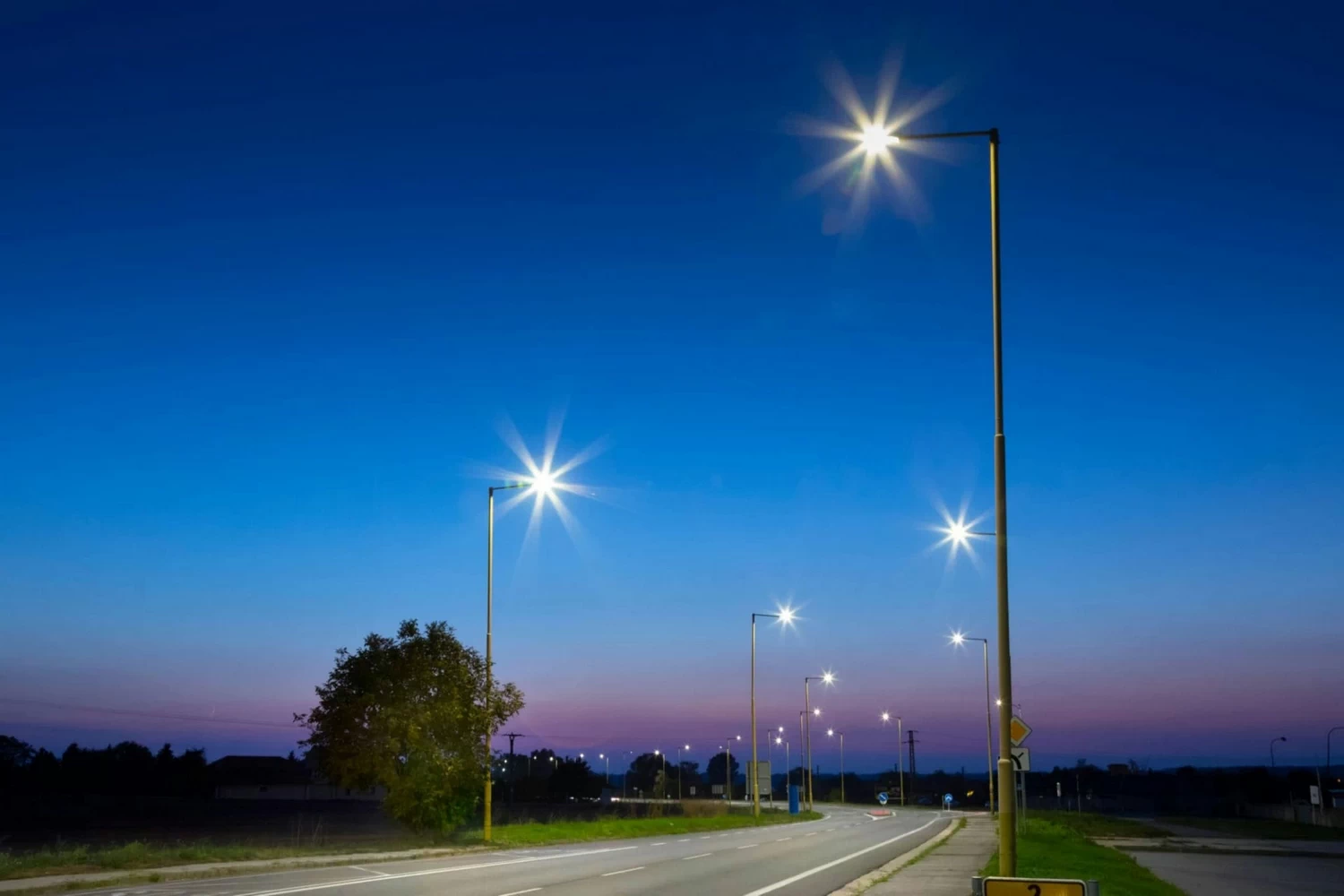
Cost Comparison
In street and roadway lighting projects, initial procurement costs are often only part of the overall investment. Long-term operation, power consumption, maintenance and labor costs are the key factors. Complete cost please see the article.
- LED: Each fixture is more expensive because it contains expensive LED chips, heat sinks and drivers power. Luminous efficacy exceeds 150 lm/W, more than double that of traditional, and requires no replacement or maintenance.
- Traditional lamps: While each fixture is inexpensive, due to low luminous efficiency, they require a higher power of 200-300W, increasing power consumption. Furthermore, the bulb and ballast need to be replaced after more than 10,000 hours, significantly increasing replacement and labor costs.
| Item | 80W LED | 200W HPS |
|---|---|---|
| Equivalency | Approx. same luminous output (≈12,000 lm) | |
| Fixture Cost | $150 | $90 |
| Annual Electricity Cost | $42 | $105 |
| Annual Maintenance Cost | $5 | $25 |
| Lifespan | 50,000 hrs | 10,000 hrs |
While LED street lights require a slightly higher initial investment, their superior energy-saving properties, which can reduce energy consumption by 60%, have longer lifespan, and require less maintenance, mean LED can pay back their investment within 2-3 years. This translates to continued operational cost savings every year thereafter.
Color Temperature Selection
Color temperature is also very important in street and roadway lighting design, which determines our visual atmosphere. 3000-4000K is suitable for most road lighting projects.
- 3000K (Warm White) is suitable for environments such as historical districts, residential roads and landscape trails. They are soft and comfortable, helping to create a warm and safe atmosphere and reduce the interference of blue light on organisms.
- 4000K (Neutral White) is recommended for main roads and city commercial streets. It strikes a balance between brightness and comfort, offering excellent color rendering and visual clarity, helping drivers accurately identify road markings and pedestrians.
- 5000K (Cool White) is commonly used on expressways and highways. Its cooler light provides greater contrast, aiding concentration and driving alertness, but it’s not suitable for use in residential areas or foggy conditions.
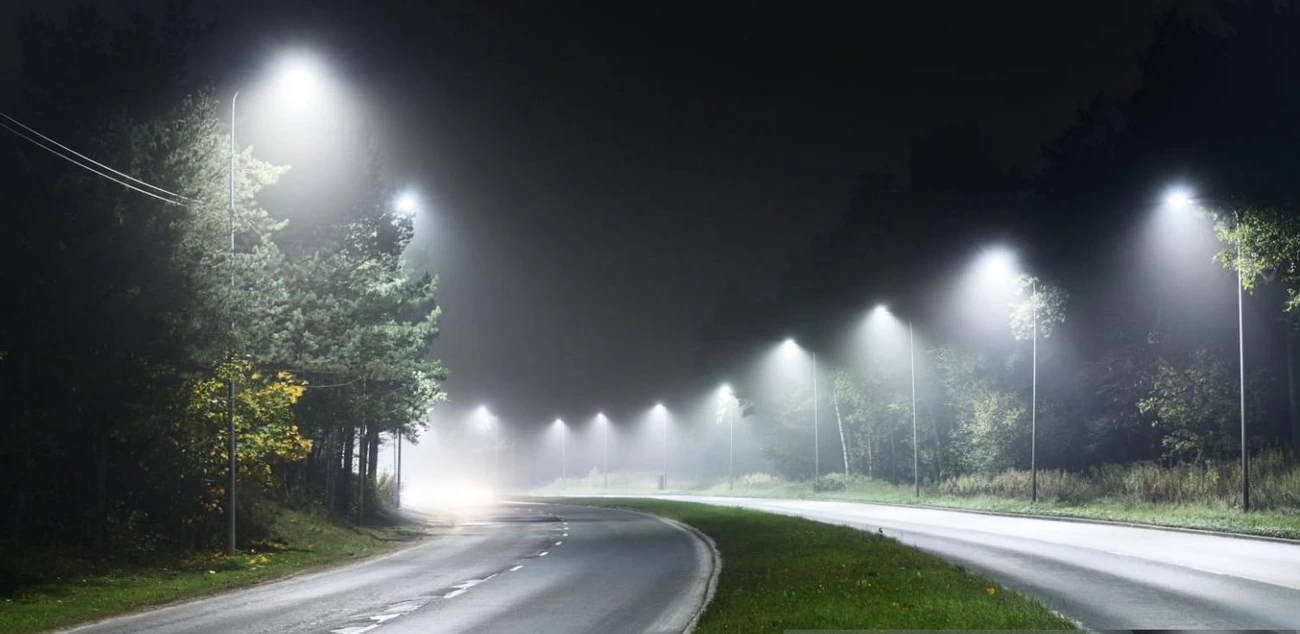
Illumination Standards for Different Roads
In international standard systems (such as CIE 115, IES RP-8, EN13201, etc.), different types of roadway lighting are divided into multiple levels based on traffic density, vehicle speed and surrounding environment. Each level corresponds to a different illumination standard to avoid insufficient brightness, resource waste and light pollution.
| Road Type | Typical Application | Illuminance (Eav) | Foot-candle (fc) |
|---|---|---|---|
| Main Road / Expressway | High-speed, heavy traffic | 20–30 lux | 1.86–2.79 fc |
| Major Urban Road | City trunk road, 4+ lanes | 15–20 lux | 1.39–1.86 fc |
| Secondary Road | Medium traffic, connecting streets | 10–15 lux | 0.93–1.39 fc |
| Residential Road | Low-speed, community area | 5–10 lux | 0.46–0.93 fc |
| Pedestrian & Bicycle Path | Walkways, parks, side lanes | 3–5 lux | 0.28–0.46 fc |
In addition to illuminance and footcandles, lighting designs for urban main streets and highway should also ensure high uniformity and low glare to prevent driver fatigue. All these standards are for people’s safety.
How many lumens do LED highway lights need?
Highways and freeways require higher average illumination levels, typically in the 20–30 lux range, to ensure vehicle safety at high speeds. This means 20–30 lumens of light per square meter are required. Wider roads and greater numbers of lanes require higher total luminous flux to ensure uniform illumination across the entire road surface.
For typical two-way, four-lane highway lighting design, each high-mast-mounted street light typically requires 30,000–40,000 lumens, depending on the pole spacing and mounting height.
How many watts do residential area street lights usually need?
Road lighting in residential areas emphasizes safety and comfort rather than extremely high brightness. Illuminance of 5-10 lux is generally sufficient. LEDRHYTHM LED street light series boasts a luminous efficacy of 150-160+ lm/W. Depending on the road width and installation height, a power of 30W–60W is recommended.
What type of fixtures are used in LED footpath lighting?
LED post top lights and low-power street lights are commonly used for footpath lighting. These lights aim to reduce spill and glare, lower light pollution, and ensure pedestrian comfort. Post top lights are mounted on short poles and are suitable for sidewalks and community main roads, typically at a height of 3–5 meters. Low-power street lights typically have a power of 30–50W and are suitable for narrow footpath or slow-moving streets.
Can you provide complete street and roadway lighting solutions?
Of course, we can provide complete road lighting solutions from design to installation to maintenance, including various scenarios such as highways, urban main roads, residential roads and footpaths.
- Lighting Design: Design appropriate illumination, uniformity and light distribution based on road width and number of lanes.
- Fixture Selection: Select the appropriate type, wattage, color temperature and beam angle based on project requirements.
- Installation: Provide detailed installation guidance or technical support to ensure that fixture spacing, mounting height and light distribution angle meet requirements.
- After-Sales: Provide a five-year warranty and regular maintenance plan to ensure the long-term stable operation of the road lighting system. Module replacement and control system upgrades are also supported.



